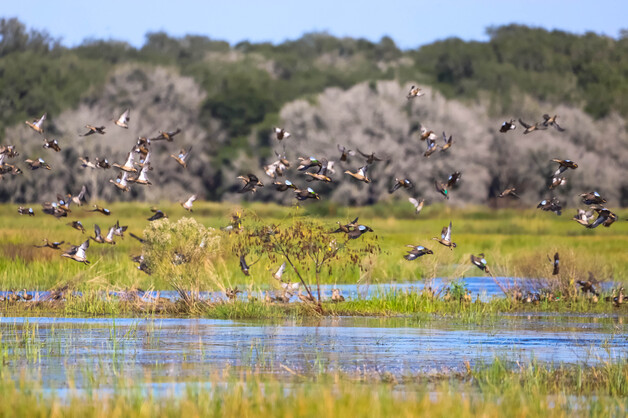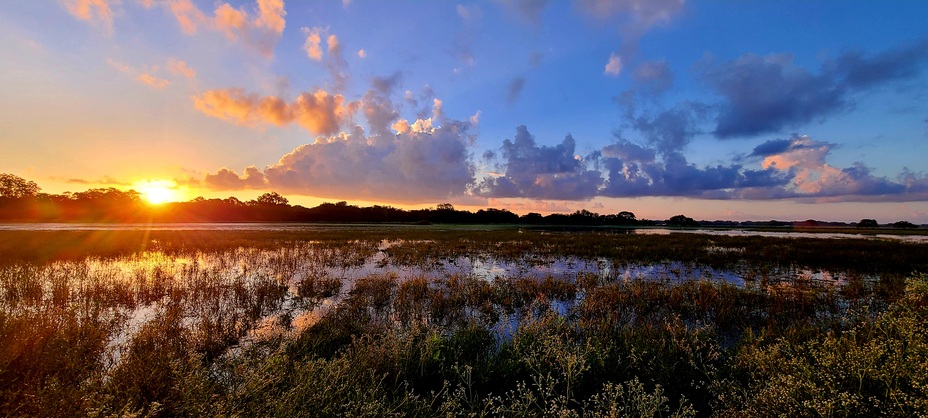May 15, 2024 •
2
min read
Ducks Unlimited (DU) proudly announces continued support from conservation partner CenterPoint Energy and CenterPoint Energy Foundation with a $50,000 grant for black rail habitat enhancements in Texas. This effort will enhance 100 acres of habitat for the federally threatened Eastern Black Rail at two partner sites along the Texas Coast.
“Supporting conservation efforts is a fundamental part of our Community Vitality giving strategy through our foundation,” states June Deadrick, Vice President of Community Relations at CenterPoint Energy. “We’re proud to contribute to Ducks Unlimited and their work in restoring wetlands, protecting wildlife and enhancing public recreation, which benefits us all.”
DU is working with the United States Fish and Wildlife Service (USFWS) Coastal Program to develop and implement habitat projects to benefit black rails at the Frost Dean site on the Bolivar Peninsula in partnership with the Galveston Bay Foundation and another on the San Bernard National Wildlife Refuge in Brazoria County, at the Eagle Nest Lake site.
The Frost Dean Fencing Project will help protect the Eastern Black Rail (BLRA) nesting, foraging, and brood-rearing habitat. The project will create two enclosed units to facilitate strategic grazing of the site. Reducing grazing pressure will promote dense herbaceous vegetation preferred by BLRA. Each unit will be accessible by a 10-foot gate to allow minimal grazing and management of the site to prevent late-successional woody vegetation from encroaching.
“Our project team has developed a design that should make habitat conditions suitable for the Black Rail,” said Taylor Abshier, DU Regional Biologist. “The project at the Eagle Nest Lake site will include the creation of 3 shallow depressional wetlands preferred by the Black Rail and will not exceed more than 18 inches in depth.”
The new wetlands will have shallow slopes grading to the middle of the basin, and the excavated material will be distributed across the property in key areas and to develop pimple mounds that will provide additional habitat during heavy rain events. Overall, the project will restore topographic variation that permits rainfall runoff to accumulate in shallow depressions. In addition, the site will be planted with upland and wetland coastal prairie plant species.
The USFWS and the Galveston Bay Foundation are partners on this project. Their roles include long-term ownership and management of the project sites (Galveston Bay Foundation and USFWS). In addition to the support of CenterPoint Energy Foundation, funding was provided by the North American Wetlands Conservation Council (NAWCA), USFWS Coastal Program, and DU Gulf Coast Initiative Sponsors.
Projects and partnerships like these are key to protecting the critical habitat required by BLRA’s. Continued support and delivery of targeted projects can provide benefits to this species and many other wetland-dependent wildlife.


